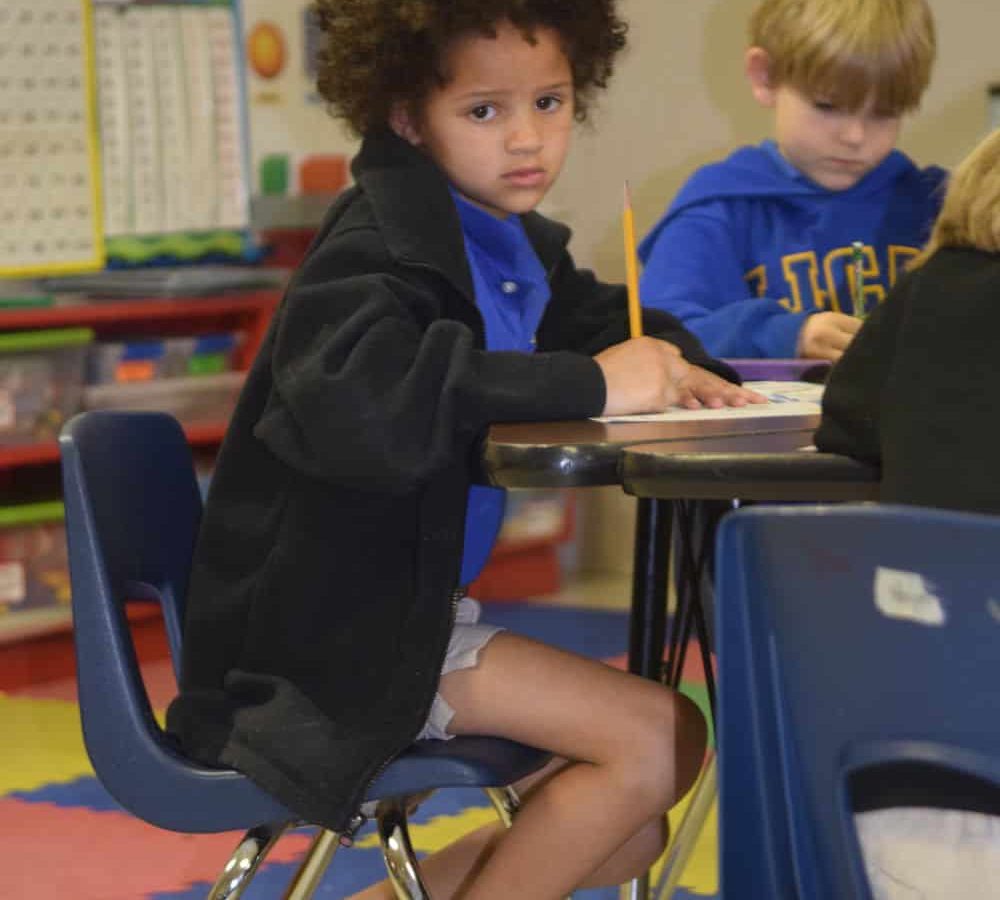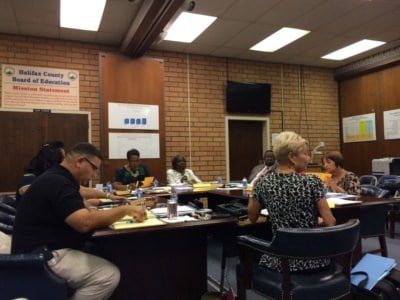
According to a report published by the NC Department of Public Instruction, 79,575, or 5.2 percent, of North Carolina’s public school students attend a charter school in North Carolina this year. That is an increase of over 10,000 students and 0.7 percentage points compared to 2015.
While North Carolina’s 158 charter schools are physically located in only half of the state’s counties, all families have access to charters. Students are permitted to cross county lines to attend the charter school of their choice. In addition, the state has two virtual charter schools that allow students anywhere in the state to enroll. As a result, Clinton City Schools is the only district that has no students within its boundaries enrolled in a charter school. Fifteen districts have fewer than 10 charter school students, but it is a start.
The availability of charter schools is one factor behind the remarkable growth of North Carolina’s charter school sector. Legislative Republicans removed the cap on charter schools, enacted more generous growth allowances, and gave the green light to virtual charter schools. But I think it goes beyond that.
There is greater knowledge and acceptance of charter schools among North Carolina families, most of whom welcome educational options. Additionally, state testing results and other metrics suggest that the academic quality of charter schools is on the rise. Most importantly, charter schools are responsive to the unique needs of the communities they serve. Unfortunately, some communities are better served than others.
Charter schools are more popular in Region 6 than any other. Region 6 includes Charlotte-Mecklenburg, Lincoln, and Iredell counties. All three have significant shares of students who attend charter schools. In Charlotte-Mecklenburg and Lincoln counties, 9.4 percent of the public school populations chose charter schools. In Iredell County, it is 8.1 percent. I suspect that new assignment policies in Mecklenburg County will be a boon for area charters, particularly among families who desire neighborhood schools.
Conversely, Region 7 is a charter school desert. Only 1 percent of public school students in this region, which includes 14 counties in the northwest, attend charter schools. Watauga County has the largest share of charter school students with only 3.5 percent. If the demand exists, these communities should work with charter and school choice groups to begin the process of establishing high quality charter schools in the area.
Regions 2 and 4, composed of counties that stretch from Montgomery County to the coast, also have relatively small charter school market shares. There are exceptions, however. In Pamlico County, 16.5 percent of students attend a charter school, specifically Arapahoe Charter School. In addition, Columbus County and the city district within it, Whiteville City, each have over 9 percent of public school students in charter schools. Brunswick County charter schools, primarily Charter Day School, enroll an impressive 7.3 percent.
Charter schools in or near the Triangle (Region 3) attract a significant number of families. Person, Vance, Durham, and Edgecombe counties have charter school shares that eclipse 14 percent. Chatham, Franklin, Granville, and Wilson counties have market shares that exceed 9 percent. The charter school population in the largest county district in the state, Wake County Schools, is 5.7 percent. Again, unpopular assignment policies may prompt more Wake County parents to consider enrolling their children in charter schools. Given their recent comments, the Wake County school board appears to fear charters’ increasing market share.
The 22.7 percent charter school share in Halifax County, 19.5 percent share in Northampton County, 17.1 percent share in Weldon City, and 10.5 percent in Martin County drive the 4.9 percent rate in the northeastern counties that make up Region 1. The primary factor behind charter school growth is the relatively low quality of district schools in Halifax and surrounding counties.
Finally, counties in the regions that stretch from the southwest to the Triad have charter school shares that vary considerably. Mounty Airy City in Region 5 and Rutherford County in Region 8 have the largest shares at 9.4 percent and 11.3 percent, respectively. Millennium Charter Academy is the excellent charter school in Mount Airy. Rutherford County has two outstanding charter schools, Thomas Jefferson Classical Academy and Lake Lure Classical Academy.
There are many reasons to be optimistic about the future of North Carolina’s charter schools. Without a doubt, school district officials and public school advocacy groups will continue to grouse about the number of students enrolled in charters and the funding that goes with them. But charter school parents, students, employees, and advocates vastly outnumber them and are beginning to find the voice to champion and defend their schools of choice.


